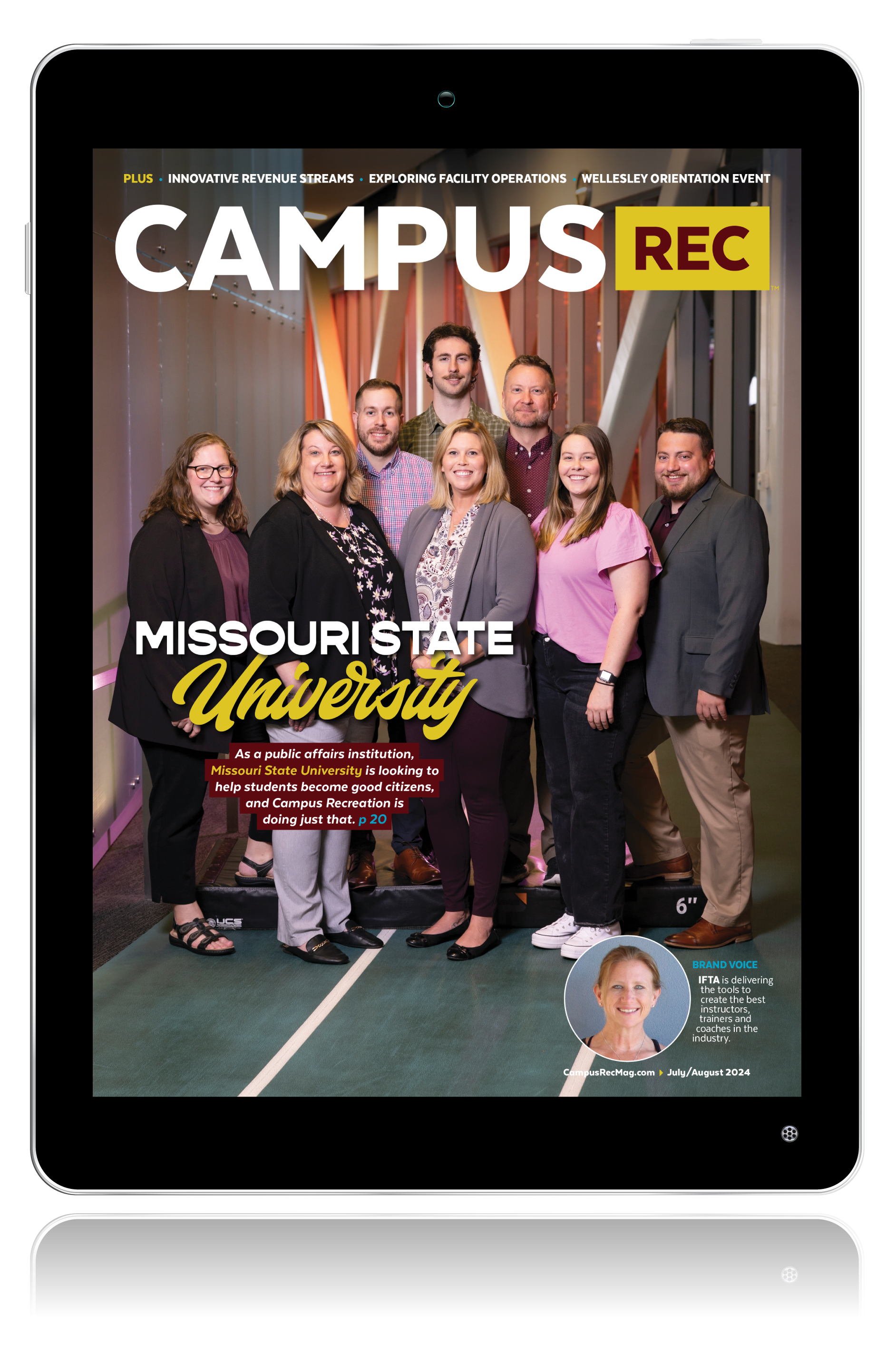Here is Part One of a two part blog series by Matt Beck on lessons learned in renovation.
Henry Ford said “business men go down with their business because they like the old way so well they cannot bring themselves to change. One sees them all about – men who do not know that yesterday is past, and who woke up this morning with their last year ideas.”
Change is scary but inevitable in order for growth. Change should be constant in order to continue to meet the needs of the demographics you serve. Chinese philosopher, Lao Tsu, once said: “If you do not change direction, you may end up where you are heading.” Often we, as humans, are fearful of stepping into the unknown beyond comforting predictability. Fear can cause rigidity and reduce our natural ability to innovate, transform and positively adapt. One cannot take a short-cut and simply invest massively in game-changing products or facility amenities and do nothing over time to keep relevant, allowing the shine to fade and the new to become old. That is a missed opportunity.
Many campus recreation professionals will encounter older facilities in need of significant change. Change could be in the form of renovation, such as replacing aging out-of-date equipment, flooring or repurposing spaces within a facility. There is not a definitive roadmap or “how-to” guide for renovation, especially as no one facility is alike. The first step toward getting where you want to be is to have the courage to decide you do not want to stay where you are. The Oklahoma State University (OSU) Department of Wellness found itself in that place in the spring of 2017. The facility was built in the 60s, renovated in the early 2000s and essentially unchanged from that time. Our leaders decided change was essential. It was needed, but change had to be intentional.
Begin with the End in Mind
In Stephen Covey’s book, The 7 Habits of Highly Effective People, he states: “If the ladder is not leaning against the right wall, every step we take gets us to the wrong place faster.” Dr. Covey defines habit No. 2, “Begin with the End in Mind,” as starting with a clear understanding of your destination, so the steps you take are always in the right direction. To begin with the end in mind, start by establishing a compelling vision of what the facility could be and then create a plan to execute that vision. Establish a facility master plan of space, equipment and future usage in order to have a defined vision to work toward.
In order to create a masterplan, one must first define the stakeholders. Typically, these include students, the campus rec staff itself who run the programs and services in the facility, faculty, university staff, community or alumni members, or athletics if it is a shared facility. Create focus groups from each of these stakeholder groups to start creating an intentional picture of what your facility needs actually are and what is possible. Involve your high level planners – such as architect, campus long-range planning and facilities management – early in the process. It will take time and involve several drafts.
Keep the Vision in Mind
The end result will be a framework in which to guide planning. However, detours will happen as you start getting into a renovation. Remember to keep the vision in mind. The masterplan will be somewhat fluid and need to be revisited should major changes on campus occur that may impact the plan.
Once you have your vision established, planning can begin as to the sequence in which projects will occur. OSU was able to create a 25-year master plan for our main facility over the course of a six-month period, which was the roadmap for what would come next. Do not fear change; embrace it! Know where you want to go, know why and begin moving in that direction. The future at your institution depends on it.










